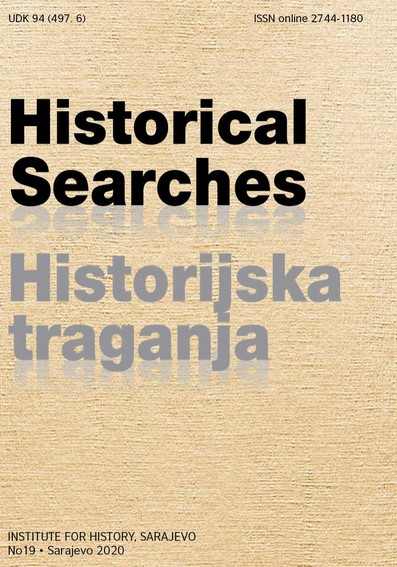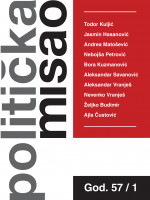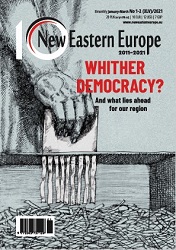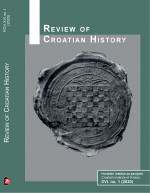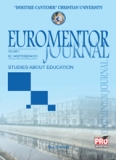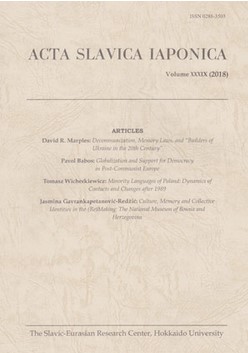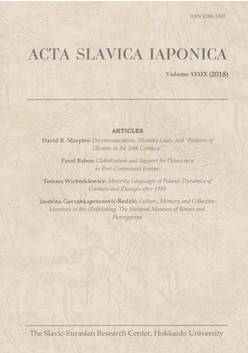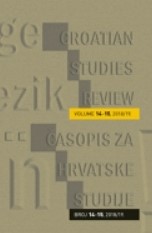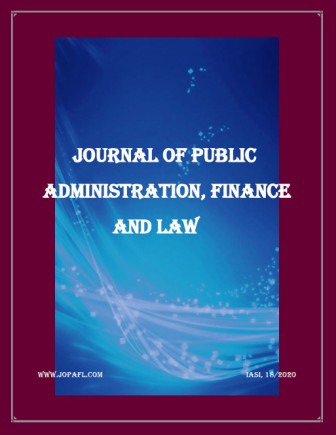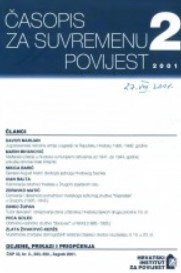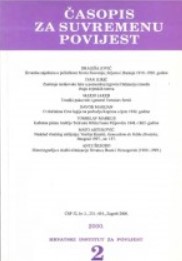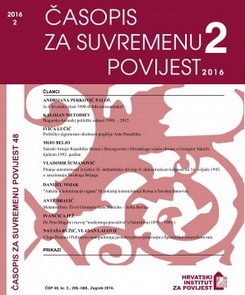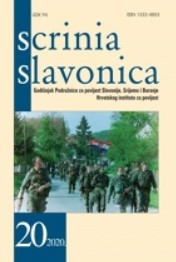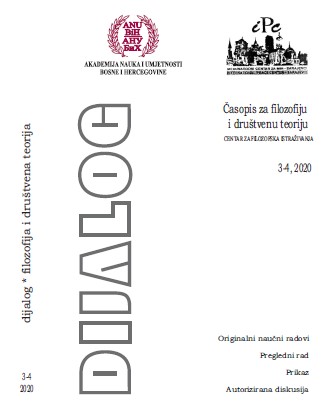Author(s): Davor Marijan / Language(s): Croatian
Issue: 2/2001
After the death of Josip Broz Tito in 1980, the Socialist Federal Republic of Yugoslavia (SFRJ) entered the crisis-ridden 1980’s. These years were marked by events in Kosovo in 1981 and 1989, long-lasting economic crises, and the rise of Greater Serbian nationalism directed against the federal state envisioned and adopted by the 1974 SFRJ Constitution, which drew a reaction from non- Serbs. With the inclusion of the Yugoslav People’s Army, it became evident that the notion of “Greater Serbia” became deeply embedded within that institution, which was largely populated by Serbs, and which had, through the years, created a picture of itself as the defender of Tito’s legacy. Towards the end of the 1980s, the restructuring of the JNA according to the “Jedinstvo” (“Unity”) plan was completed, and resulted in the centralization of the army. This restructuring was completed to the detriment of Territorial Defense, which served as an element of Republican armies, to the advantage of the Yugoslav People’s Army, its former legal equal. In this manner, top-ranks of the military openly supported the political power of Serbia and Montenegro, who as opposed to the remaining republics, pressed for the reorganization of Yugoslavia into a centralized state. In the dusk of the bi-polar world, this option had no real basis, which could be grounded on external threats. After the victory of democratic forces in Croatia and the resulting change in government, the JNA immediately disarmed the Croatian Territorial Defense. At the same time, the redistribution of troops across the region of Zagreb was completed, and began with the construction of the 10th corps, whose task was to pacify the city with tactics acquired in Kosovo in the 1980s. The structure of troops in armed and mobilized units in Croatia and near Croatia during peacetime was strengthened, and was particularly significant in areas where Croats formed the majority. In this manner, dependency on personnel was reduced, and with regards to the strength of these mobilized units, it was anticipated that they would be the focal point in an armed conflict in Croatia.
More...
